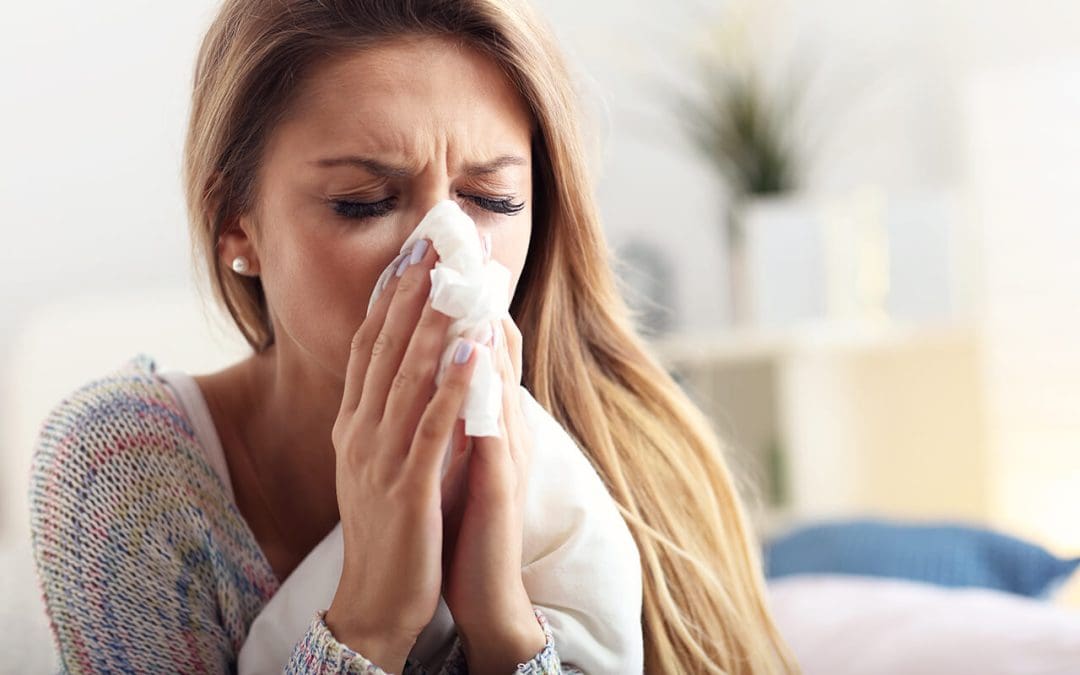For homeowners, comfort should include the quality of the air you breathe. Allergens like dust mites, pollen, mold spores, and pet dander don’t just cause sneezing fits. They might disrupt sleep, drain your energy, and worsen asthma or other respiratory conditions. Allergy-proofing your home means putting safeguards in place so your living space promotes wellness instead of irritation. With intentional changes, you will reduce your exposure and reclaim the comfort of your home.
Cleaning Habits That Aid Allergy-Proofing
Routine cleaning is the foundation of allergy-proofing. Dust settles on shelves, ceiling fans, electronics, and even baseboards, waiting to be stirred into the air. A microfiber cloth or damp rag captures particles better than dry dusting, which tends to scatter them. Vacuuming at least once a week with a machine equipped with a HEPA filter makes a noticeable difference, especially for households with pets. Don’t forget overlooked areas like under furniture or along windowsills. Washing bedding in hot water every week eliminates dust mites, and rotating curtains or throw blankets through the laundry cycle keeps allergens from building up in fabrics.
Improving Indoor Air Quality
If not properly managed, the air inside your home could contain more pollutants than outdoor air. Air purifiers with true HEPA filters are highly effective at capturing airborne allergens. Whole-home filtration systems connected to your HVAC unit provide even broader protection. Keeping your heating and cooling system maintained, changing filters regularly, cleaning ducts when necessary, and scheduling seasonal tune-ups guarantees your system isn’t spreading allergens. On high-pollen days, resist the urge to open windows. Instead, run the HVAC system to circulate filtered air, helping keep pollen levels indoors lower.
Moisture Control and Mold Prevention
Excess moisture is a direct invitation for mold, one of the most stubborn allergens to manage. Kitchens, bathrooms, and basements often trap humidity, especially if ventilation is poor. Running exhaust fans during showers and cooking helps, as does using a dehumidifier in damp rooms. Aim to keep humidity levels between 30–50 percent for comfort and allergen reduction. Repairing leaks promptly, whether from a roof, plumbing, or foundation issue, prevents hidden mold growth inside walls. If you notice condensation on windows or a persistent musty smell, those are signs that moisture management needs more attention.
Flooring, Furniture, and Décor Choices
Every design choice influences how allergens accumulate. Carpet provides warmth and softness but also acts like a magnet for dust and dander. If allergies are severe, switching to hard flooring like wood, vinyl, or tile makes cleaning easier and reduces trapped allergens. For rugs, machine-washable options are the most practical. Upholstered furniture holds allergens deep within cushions, while leather or tightly woven fabrics resist buildup and can be wiped down quickly. Even decorative items matter. Choosing blinds over heavy drapes minimizes fabric that needs frequent cleaning.
Managing Pet Allergens Without Sacrificing Companionship
For pet owners, dander is one of the biggest challenges. Brushing pets regularly outdoors reduces loose hair and dander inside the house. Bathing pets weekly helps as well. Establishing pet-free zones, like bedrooms, creates safe spaces where allergy sufferers could rest without exposure. Frequent vacuuming of pet bedding and furniture helps, and running air purifiers in high-traffic pet areas keeps dander levels lower. Allergy-proofing with pets requires extra effort, but with consistency, it’s possible to balance health and companionship.
Smart Home Habits That Support Allergy-Proofing
Beyond cleaning and décor, daily routines also affect allergen levels. Simple changes like using a doormat and leaving shoes at the door prevent pollen and dust from spreading inside. Washing hair and changing clothes after spending time outdoors reduces the pollen that clings to fabrics. Even how you do laundry matters. Using fragrance-free, hypoallergenic detergents prevents skin irritation for those with sensitivities. Small habits add up to significant relief when combined with other allergy-proofing strategies.
When to Call in the Experts
Some allergy issues go beyond what homeowners can handle alone. Persistent allergy symptoms indoors may signal hidden problems like mold behind walls, leaky ductwork, or poor insulation trapping moisture. Indoor air quality specialists will test for mold, radon, and other irritants. Investing in expert guidance guarantees that your home is healthier. Allergy-proofing becomes far more effective when you understand and address the root causes.
FAQs About Allergy-Proofing
How often should I clean bedding to reduce allergies?
Washing sheets, pillowcases, and blankets once a week in hot water (at least 130°F) kills dust mites and removes pollen and dander.
Are hardwood floors always better than carpet?
Yes, in most cases. Hard surfaces don’t trap allergens the way carpet does, making them easier to clean and more allergy-friendly.
Do dehumidifiers really make a difference?
Absolutely. By lowering indoor humidity, dehumidifiers prevent mold growth and reduce dust mite populations.
Can I keep my windows open for fresh air if I have allergies?
It depends on pollen counts. On high-pollen days, it’s best to keep windows closed and rely on filtered air circulation.
What’s the most affordable step for allergy-proofing?
Consistent cleaning is both cost-effective and impactful. Even without major upgrades, good cleaning habits greatly reduce allergens.
CheckPoint Property Inspections offers home inspection services to buyers and sellers in Burlington, Vermont, and surrounding areas. Contact us to schedule an appointment.

